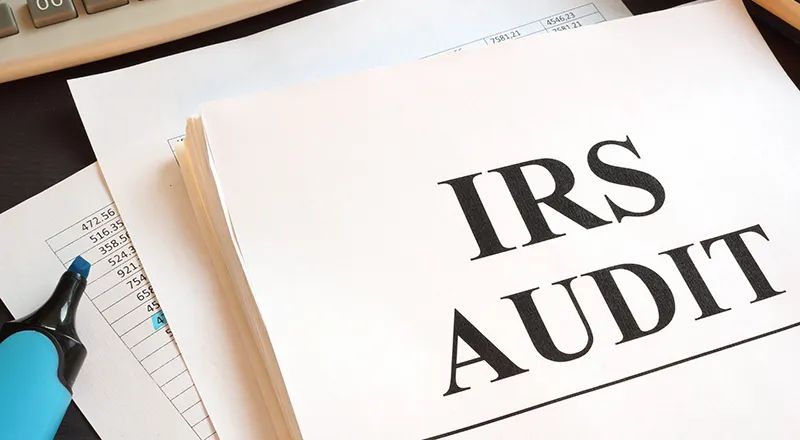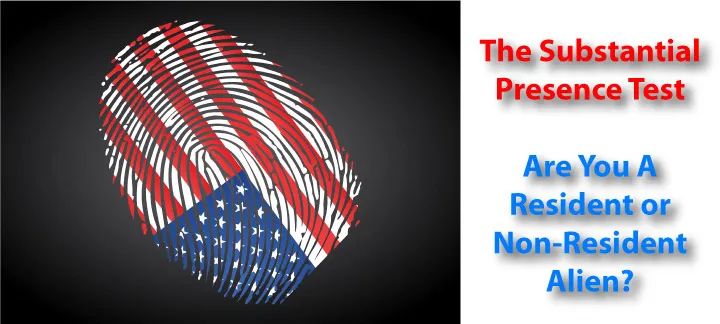401(k) Plan is a retirement benefit plan provided by American companies for employees, which has the function of delaying tax payment. The similar plan for non-profit institutions is 403(b) Plan, and the similar plan for local governments for employees is 457 Plan, which can be understood as 401(k).
The 401(k) plan specifically means that employees use a part of their pre-tax income to put into the 401(k) retirement account; on the other hand, employers can choose to invest in another item other than wages according to a certain percentage of the employee’s income. The funds go to the employee’s 401(k) account, that is, fund matching/employer match (of course, some companies do not participate). For example, if your salary is $40,000 this year, if you invest 10% in your 401(k), the company will match 50%. Then your 401(K) account will receive $6,000 this year, which is $4,000(=10%*40,000)+$2,000(=4,000*50%).
After saving 401(k), it means that part of your pre-tax income is transferred to a specific retirement account, so the total income on the personal tax form of the year will be reduced, which may help you reduce some taxes. But the money in the 401(k) account is not tax-free, but only paid when it is withdrawn in retirement. During this period, these funds can be invested in funds, and the choice of investment plans is in the hands of employers or employees. Although it is managed by a third-party company, the risks and profits and losses must be borne by the employees. If the account makes a profit, the account will be withdrawn and the principal and interest will be taxed.
Optional: Not every employee is required to participate, but it is the employer’s responsibility to inform employees about the program. If the employee decides to participate, the employer will directly deposit this part of the funds into the 401(k) account for the employee before paying the wages (but the employer’s match part may not be the same as the time you deposited, please check carefully to avoid losing the salary due to changing jobs part of the funds).
Provider: Provided by the employer, the employee cannot obtain a 401(k) in the ordinary financial market. However, if the company leaves or the company goes bankrupt, the right to dispose of the account is in the hands of the employee.
Age of participants: working income earners under the age of 70.5.
Minimum withdrawal age: 59.5 years old, there will be a 10% penalty for early withdrawal.
Mandatory withdrawal age: After the age of 70.5, at least the minimum prescribed amount must be withdrawn every year, otherwise there will be a fine.
Personal deposit limit: You can have multiple 401(k) accounts, and you can see the total amount of all accounts. Usually, the funds put into 401(k) are 1%-15% of salary. If the income is relatively high, there will be a limit on the amount. In 2022, employees under age 50 can contribute up to $20,500 to the account, and employees age 50 and over can contribute up to $27,000 (that’s $6,500 more than younger people). Small businesses with fewer than 100 employees offer the SIMPLE 401(k) plan, and the personal deposit limit for 2022 is $14,000, and $17,000 for those over 50 years old.
Overall deposit upper limit: There is also an upper limit on the sum of personal deposits and company deposits. 2022 is the lower of $61,000 or 100% salary.
Roth 401(k) Plan: This is a plan that is basically similar to 401(k) except for the tax method. That is to say, Roth 401(k) is deposited into the account with tax-paid funds, and when it is withdrawn after retirement, No tax is paid at all, no matter how much the gain is.
Personal tax must be submitted annually by yourself or your family or by an accountant, and cannot be done by the unit or institution you work for. Normally, the period from the end of January to April 15th is the time window for summarizing and declaring the income of the previous year, and fines may be incurred if it is overdue. In addition to the federal tax bureau IRS at the national level, various tax forms and material submission departments may also have state and local tax bureaus, financial supervisory bureaus and other departments. In order to standardize the large-scale tax declarations across the country every year, the formal “organization” or “person” that gives you funds/assets should provide relevant vouchers and tax forms before you file taxes, such as W-2 or 1099-NEC for employers to pay wages, 1099-INT for the bank to issue interest, 1099-G for the government to issue unemployment benefits, etc. It should be noted that if there are errors/omissions in the personal declaration, there may be a progressive fine according to time, please make sure to pay the tax in time; at the same time, please collect or scan all tax forms, bills or vouchers for tax inspection purposes.
The opinions expressed by HHL Advisors Group are for information sharing only and do not constitute any legal advice.
Do not reproduce without authorization.





